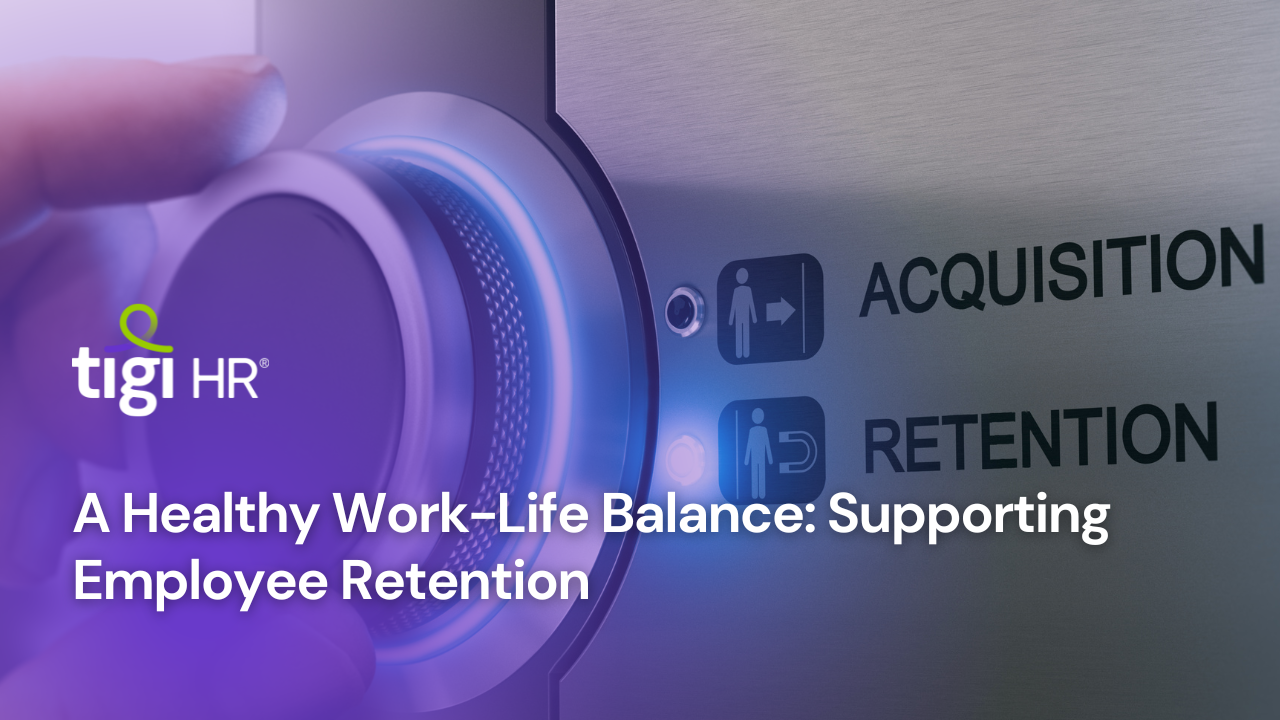In the contemporary professional landscape, the quest for a healthy work-life balance has become more than a buzzword—it’s a crucial determinant of employee satisfaction, well-being, and retention. This article explores the profound influence on employee retention, delving into strategies and insights that foster a harmonious equilibrium between professional responsibilities and personal life.
Understanding Work-Life Balance
Work-life balance refers to the equilibrium between work commitments and personal life—maintaining harmony and preventing one from overpowering the other. In a survey conducted by a leading HR institute, 76% of employees identified as the most important factor in their job satisfaction.
The Impact on Employee Retention
- Reduced Burnout and Stress: A balanced work-life environment mitigates burnout and stress, promoting employee well-being. Studies show that 23% of employees cite burnout as a primary reason for leaving their jobs.
- Enhanced Productivity and Engagement: Employees with a balanced lifestyle exhibit higher levels of productivity and engagement. Companies with engaged employees outperform others by 202% according to Gallup.
- Improved Job Satisfaction: A healthy work-life balance significantly contributes to job satisfaction. 82% of employees in a survey reported that flexible work arrangements would make them more satisfied in their jobs.
Strategies for Achieving Work-Life Balance
- Flexible Work Arrangements: Offering flexible hours, remote work options, or compressed workweeks empowers employees to manage personal responsibilities while fulfilling professional duties.
- Encouraging Time Management: Providing training on time management techniques helps employees optimize their schedules and enhance productivity, leading to a better balance.
- Establishing Boundaries: Encouraging employees to set boundaries between work and personal life fosters a culture that respects off-hours and promotes well-being.
- Promoting Wellness Initiatives: Wellness programs focusing on physical fitness, mental health, and stress reduction contribute significantly to a healthier work-life balance.
The Role of Technology
While technology facilitates remote work and flexible schedules, it also blurs the boundaries between work and personal life. Encouraging ‘unplugging’ after work hours and setting guidelines on communication outside working hours are essential to maintaining balance.
Cultivating a Culture of Work-Life Balance
Leadership plays a pivotal role in fostering a culture that prioritizes work-life balance. When leaders demonstrate and encourage a healthy balance, it trickles down, influencing the entire organization.
Measuring the Impact
Quantifying the impact of work-life balance involves assessing metrics like employee satisfaction, productivity levels, absenteeism, and turnover rates. Insights from these metrics guide adjustments and improvements in the work environment.
Conclusion: The Path to Retention and Well-being
In conclusion, a healthy work-life balance isn’t merely a perk—it’s a fundamental aspect of employee retention and well-being. Organizations that prioritize and actively support not only retain top talent but also cultivate a culture that values its employees’ holistic welfare. By implementing strategies that foster balance, embracing technology mindfully, and cultivating a culture that champions well-being, businesses pave the way for a more satisfied, engaged, and loyal workforce.





